We may earn money or products from the companies mentioned in this post. This means if you click on the link and purchase the item, I will receive a small commission at no extra cost to you ... you're just helping re-supply our family's travel fund.

Preparing for outdoor adventures across vastly different environments requires thoughtful gear selection, because the demands of a dusty savanna, a bird-rich wetland, or a high-altitude ridge can vary dramatically. This guide brings together eight well-balanced sections that highlight essential equipment, practical details, and helpful numerical insights to make packing easier and more intuitive. Each section blends useful reasoning with field-tested considerations so you can step into your next trip fully ready.
1. Safari Clothing Essentials
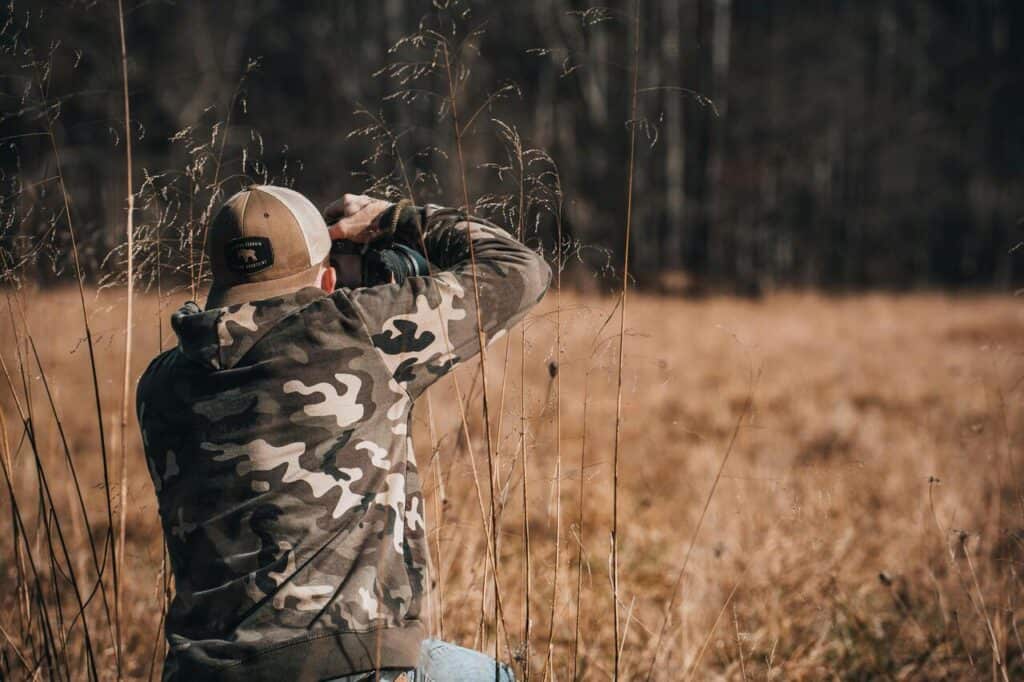
Choosing the right safari clothing begins with lightweight shirts in neutral tones, ideally in the 50–150 gsm range to stay cool under 35°C heat. Long-sleeve options help block nearly 90% of insect exposure in dense areas. Convertible pants that shift between 25–30 cm inseams add flexibility during mid-day temperature swings. A wide-brim hat with a 7–10 cm rim protects from harsh sunlight, while one fleece layer ensures comfort during early mornings, when temperatures can drop by 8–12°C.
2. Optics and Cameras for Wildlife Viewing
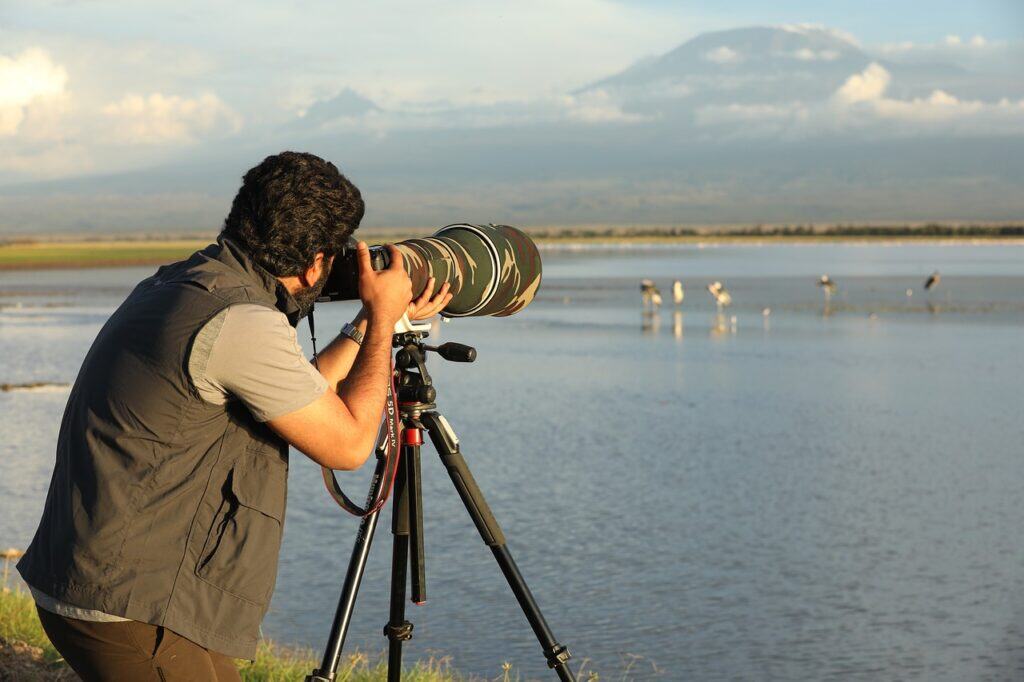
For safari and birding, binoculars with 8×42 specifications provide a bright field of view, while 10×42 models offer around 15–20% more reach for distant animals. Cameras with 100–400 mm lenses can cover 70% of typical wildlife distances without needing to crop heavily. Carrying two fully charged batteries ensures about 800–1,000 total shots per day. Memory cards of 64–128 GB prevent data shortages, especially when shooting bursts at 7–12 fps in changing light.
3. Birding Field Gear and Accessories
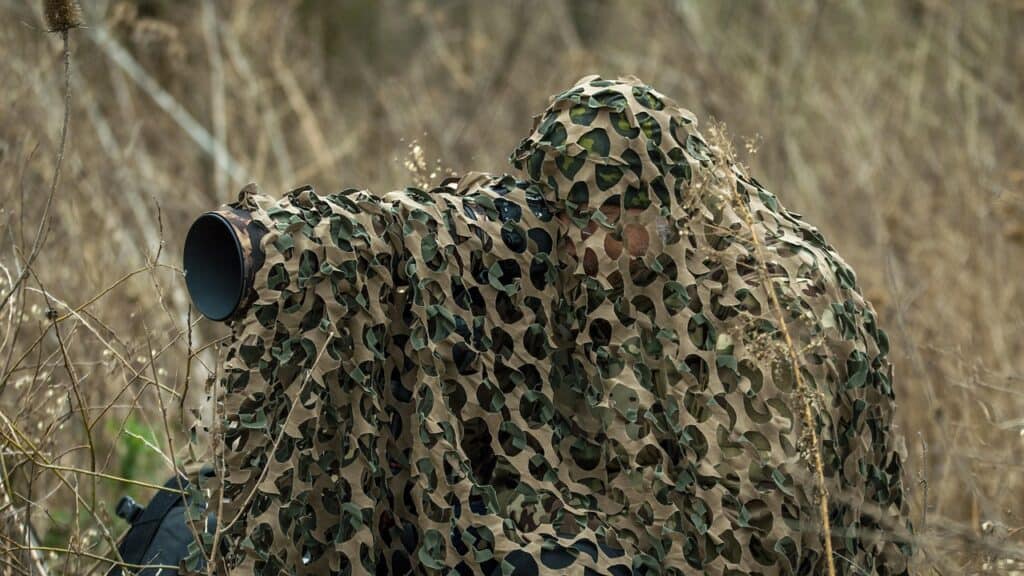
Dedicated birders benefit from spotting scopes offering 20–60x magnification, enabling identification of species as small as 12–15 cm from over 100 meters away. A stable tripod with 1.2–1.5 kg load capacity reduces vibration during windy conditions. Binocular harnesses distribute weight across both shoulders, reducing strain by up to 40% during long walks. A waterproof field notebook, paired with 2–3 pencils, helps track observations without relying solely on digital apps.
4. Protective Gear for Harsh Environments
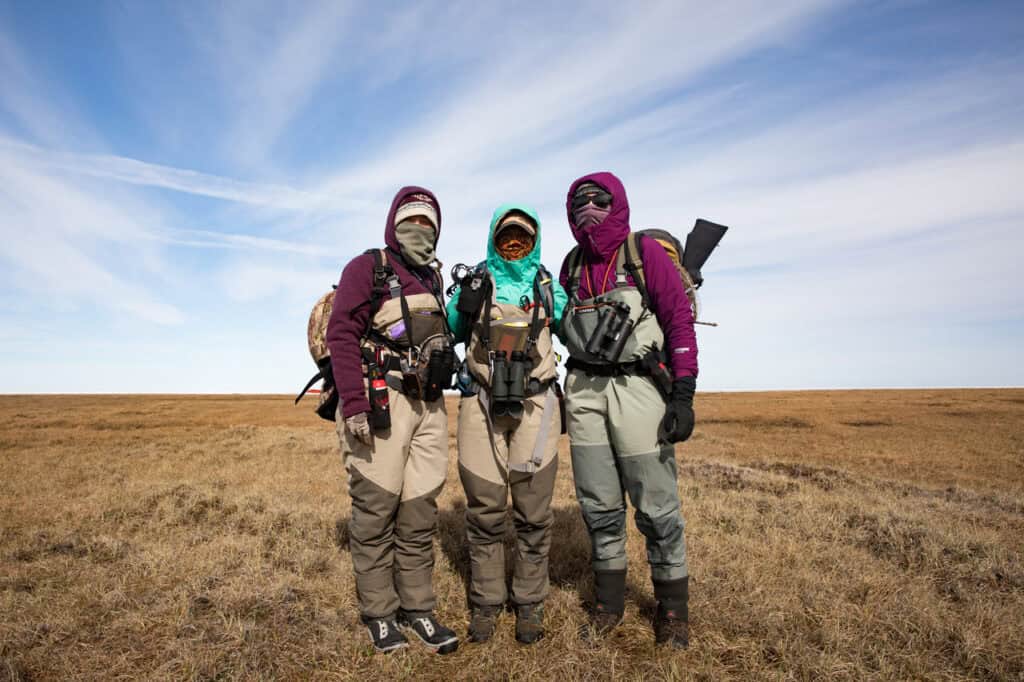
Whether on safari plains or alpine slopes, protection gear is essential. Sunscreen with SPF 30–50 blocks nearly 97% of UVB rays, while polarized sunglasses reduce glare intensity by about 50%. Insect repellent containing 20–30% DEET offers 4–6 hours of reliable coverage in bug-heavy regions. Quick-dry buffs with moisture-wicking fibers can evaporate sweat 30% faster than cotton. A compact first aid kit weighing under 300 grams ensures preparedness without adding bulk.
5. Alpine Layering and Cold-Weather Wear
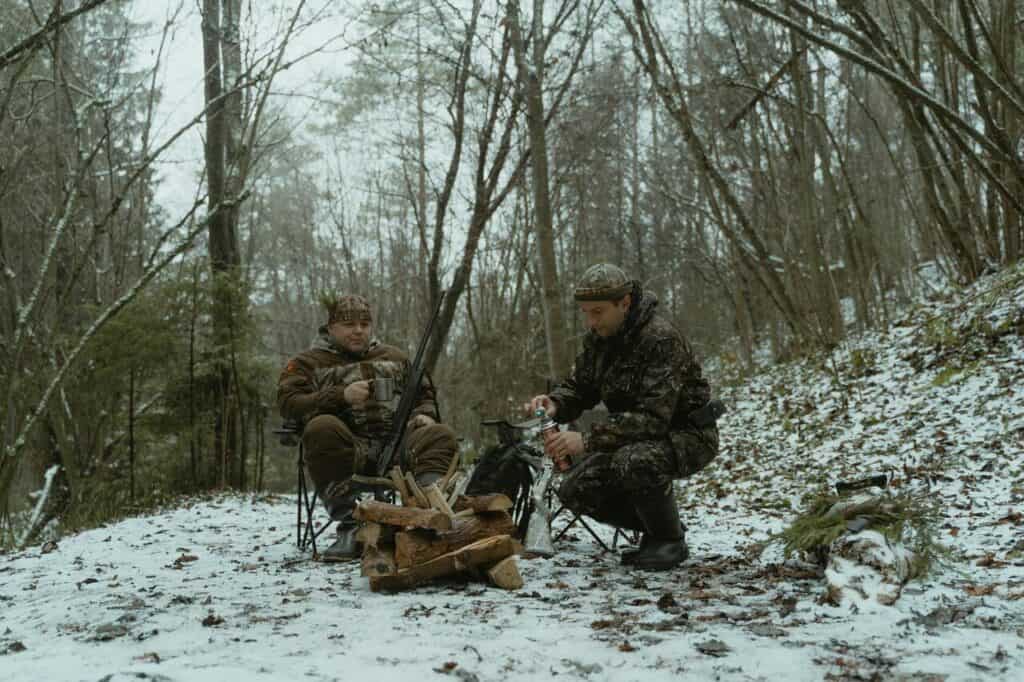
In alpine settings where temperatures can swing from 10°C to –10°C within hours, a solid layering system becomes vital. Base layers made of merino wool around 180–200 gsm offer warmth without overheating. Mid-layers like fleece jackets with 200–250 gsm insulation add dependable comfort. Waterproof shells rated at 10,000–15,000 mm keep out snow and sleet. Warm beanies help retain up to 30% of body heat, while insulated gloves shield fingers during steep ascents.
6. Footwear and Trekking Stability Tools
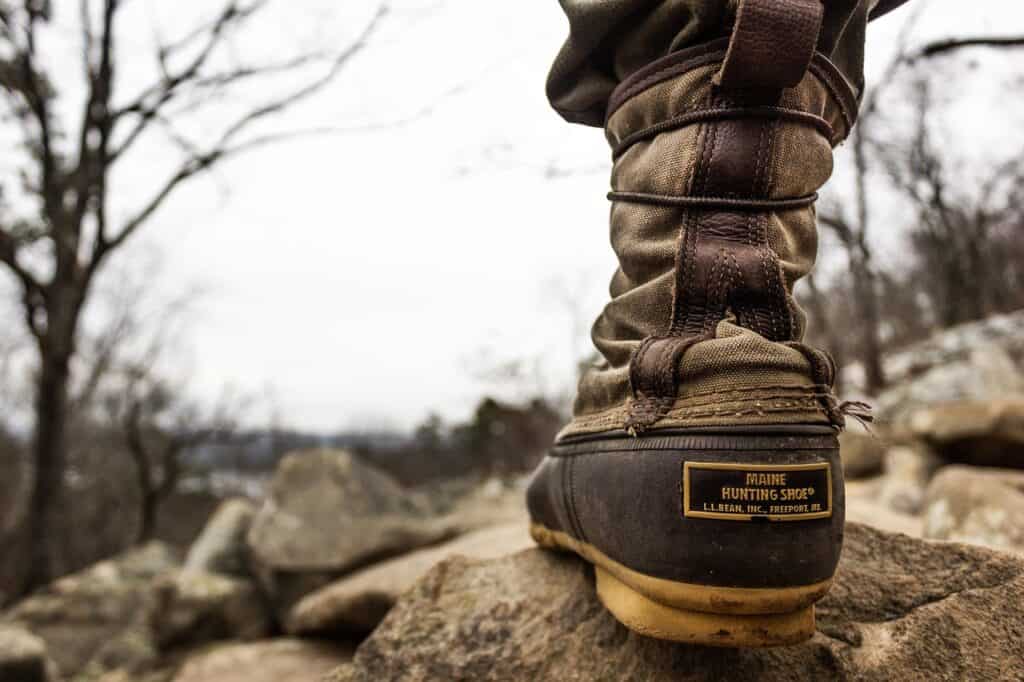
For uneven terrain, trekking boots with high-ankle support around 12–15 cm prevent excessive rotation on rocky paths. Outsoles with 3–5 mm lugs improve traction on loose surfaces, crucial for both birding marshes and mountain trails. Gaiters measuring 20–35 cm help keep out debris and snow. Trekking poles adjustable from 110–135 cm reduce knee impact by nearly 25% on descents. Carrying two pairs of merino socks improves foot dryness throughout full-day hikes.
7. Navigation, Light, and Safety Equipment
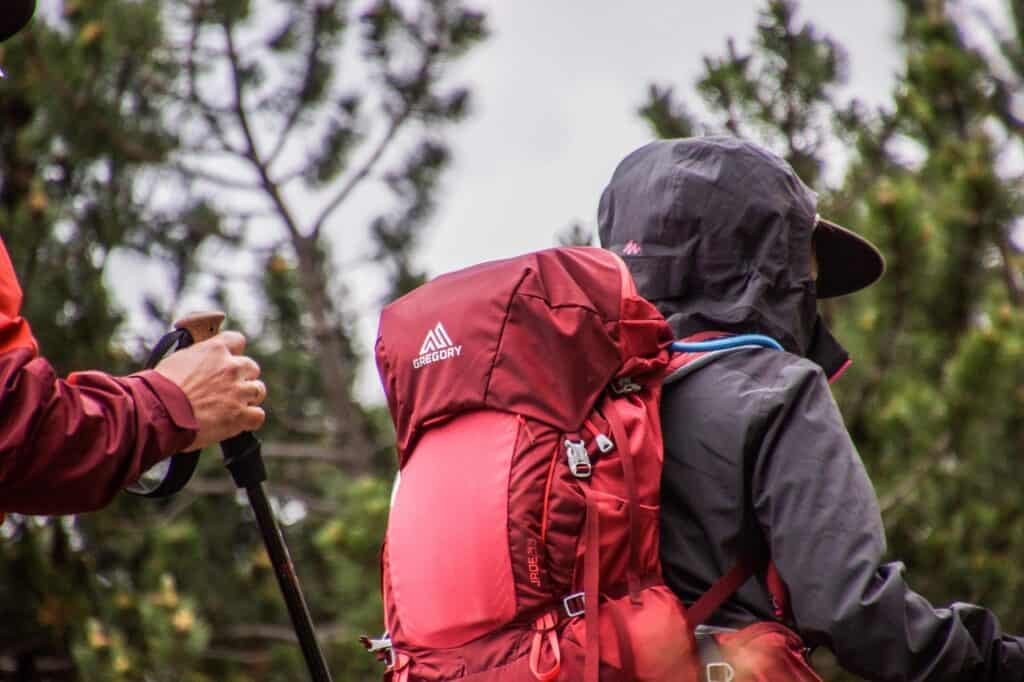
Reliable navigation begins with a GPS device offering 5–10 meter accuracy, paired with a physical map for backup. Altimeter watches track elevation changes as small as 3–5 meters, useful on steep alpine terrain. Headlamps delivering 200–350 lumens provide powerful illumination for early hikes or late returns. Emergency whistles that project sound beyond 700 meters improve rescue signaling. Keeping two sets of spare batteries ensures consistent performance during multi-day trips.
8. Hydration, Storage, and Camp Essentials

Carrying at least 2–3 liters of water daily is essential for warm safaris and high-altitude treks alike. Hydration bladders with 1–1.5 meter hoses allow easy sipping during movement. Backpacks between 35–55 liters allow space for layers, optics, food, and safety gear without exceeding a 12–15 kg load. Titanium cookware shaves nearly 30% weight compared to steel. Compact emergency blankets reflect up to 90% of body heat, making them crucial for overnight security.